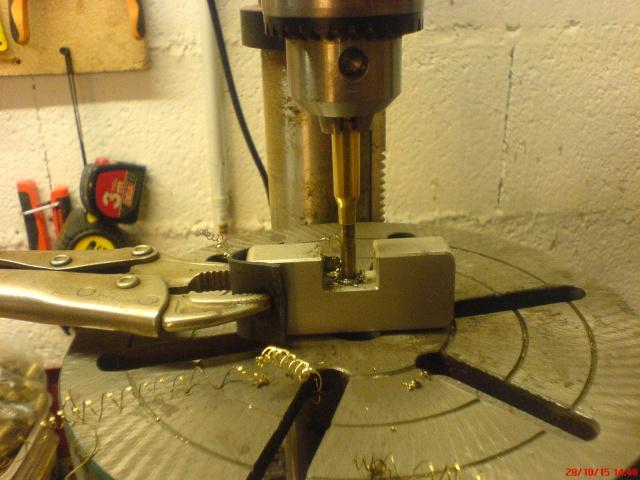sbindy
Steve B
I ran into those very same issues when I did my cases. I neck turn for everything, so this procedure wasn't new to me, and I had done my 30BR brass so I didn't anticipate having much difficulty. Before I was done, I had to resharpen the tool and polish the mandrel to keep it working right. My mandrel is steel btw. Carbide would have saved me from that grief at least.
For next time, I bought a .220 Russian case holder. Then I'm going to expand the neck, put it in the holder in a lathe, and bore the majority of material away including the donut, then just finish neck turning the O.D. with the regular tool.
It's an extra step, but I did try some cases that were formed using pistol powder and a paper wad, and that seemed to help quite a bit with the donut problem.
Another thought I had was to size the necks up to .25 caliber, then run the case in a 6PPC body die. That would squeeze the neck back down from the outside to .274 and reform the neck/shoulder junction. Then the expander mandrel would only open it back up a couple thousandths. More tools and money spent just to have to turn them all twice. If I were planning on doing this a lot, one of the hydro formers from Whidden would be well worth it.
For next time, I bought a .220 Russian case holder. Then I'm going to expand the neck, put it in the holder in a lathe, and bore the majority of material away including the donut, then just finish neck turning the O.D. with the regular tool.
It's an extra step, but I did try some cases that were formed using pistol powder and a paper wad, and that seemed to help quite a bit with the donut problem.
Another thought I had was to size the necks up to .25 caliber, then run the case in a 6PPC body die. That would squeeze the neck back down from the outside to .274 and reform the neck/shoulder junction. Then the expander mandrel would only open it back up a couple thousandths. More tools and money spent just to have to turn them all twice. If I were planning on doing this a lot, one of the hydro formers from Whidden would be well worth it.












